Description
ABOUT
Black rice, also known as “Forbidden” or “Emperor’s” rice, has a long cultural history. In ancient China, it was kept exclusively for the emperor and served as a tribute. It has subsequently maintained its popularity in some parts of China and is now highly appreciated for its strong antioxidant content.
Black rice or forbidden rice is not forbidden anymore and it is popular amongst many people due to its medicinal properties. It is still grown in relatively limited quantities when compared to other types of rice.
HISTORY OF RICE
Rice is an essential component of many Indian rituals since it represents prosperity, fertility, and abundance and has life-giving properties. Numerous Indian festivals, including Onam, Pongal, and Bihu, fall around the rice harvest. The importance of rice in Indian culture is undoubtedly demonstrated by customs like offering rice to deities and customs like annaprashana, where the first meal for a newborn is made by boiling rice in milk. Both of these practises signify good fortune and luck.
Nearly half of the world’s population relies mostly on rice. Two domesticated and roughly twenty-two wild types of rice are currently available. Rice production is said to have begun around 6500 years ago. Rice is the most widely grown grain in the world and may be found in warm, tropical, and aquatic environments. Depending on the type, it can supply a variety of amounts of energy, fibre, protein, and minerals.
WHY KARUPPU KAVUNI RICE IS CALLED FORBIDDEN BLACK RICE
Black rice is thought to have been discovered as being “superior” to other forms of rice in Ancient China because of its potent therapeutic properties and abundance of health benefits. According to legend, a small group of noble Chinese men took advantage of the situation and scoured the nation to find every grain of black rice before keeping it hidden from the general public, tightly regulating its production, selling it only to royalty, and creating a large demand. It gained the well-known name “forbidden black rice” since it was illegal for the common people to grow or consume it.
HOW TO COOK KARUPPU KAVUNI RICE
Karuppu kavuni rice needs longer soaking time. Wash and soak the rice for 6-8 hours. Soaking helps to shorten the cooking time also helps in better absorption of nutrients in the body.
For 1 cup rice add 2 cups water and cook till done.
Try different recipes and enjoy the health benefits as well as the texture and colour. You can try making laddoos, payasam or kheer, or karuppu kavuni chettinad sweet.
BENEFITS OF KARUPPU KAVUNNI RICE
- The milling process removes the good qualities and high nutrient content of white rice and other refined grains. The outer layer, the hull, and the bran (which are only retained in whole grains), contain the majority of rice’s nutrients. Black rice retains its antioxidants, vitamins, minerals, and fibre because it isn’t refined or processed in any way. Additionally, black rice has Vitamin E, a vital antioxidant that supports healthy eyes, skin, and immune function.
- Black rice has the highest proportion of anthocyanin of any grain, including brown rice, red rice, red quinoa, and other coloured whole grain variants. Anthocyanin can reduce the flow of free radicals, which can lead to a variety of disorders like diabetes and even cancer. Additionally, it can lower inflammation and aid in enhancing brain function.
- The phytonutrients in black rice help in the removal of toxins that cause diseases caused by free radicals. Black rice’s antioxidant properties help the liver, one of the body’s most important detoxifiers, in the removal of harmful compounds.
- Phytochemicals present in black rice help to keep heart healthy and reduce LDL (bad cholesterol).
- Black rice’s high fibre content keeps you fuller for longer and helps you avoid overeating. Additionally, black rice lowers the chance of developing diabetes and obesity.

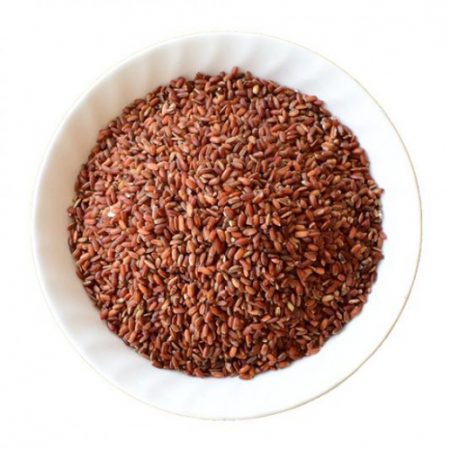
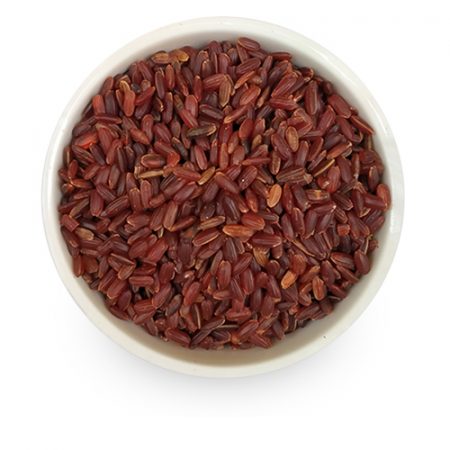
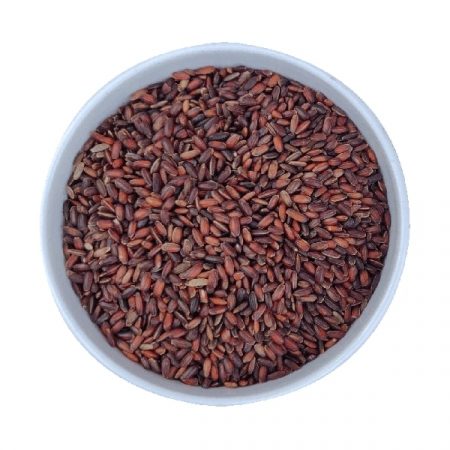
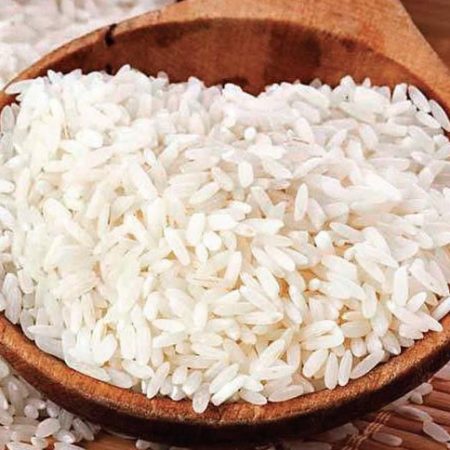
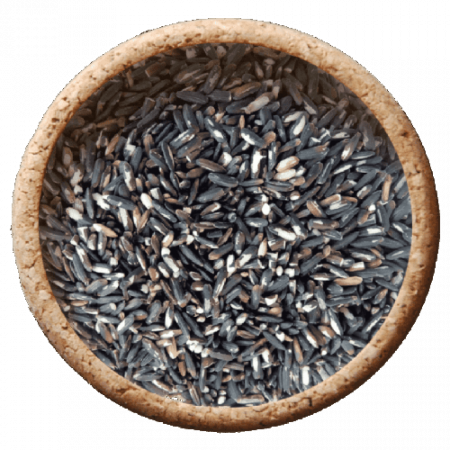
Reviews
There are no reviews yet.